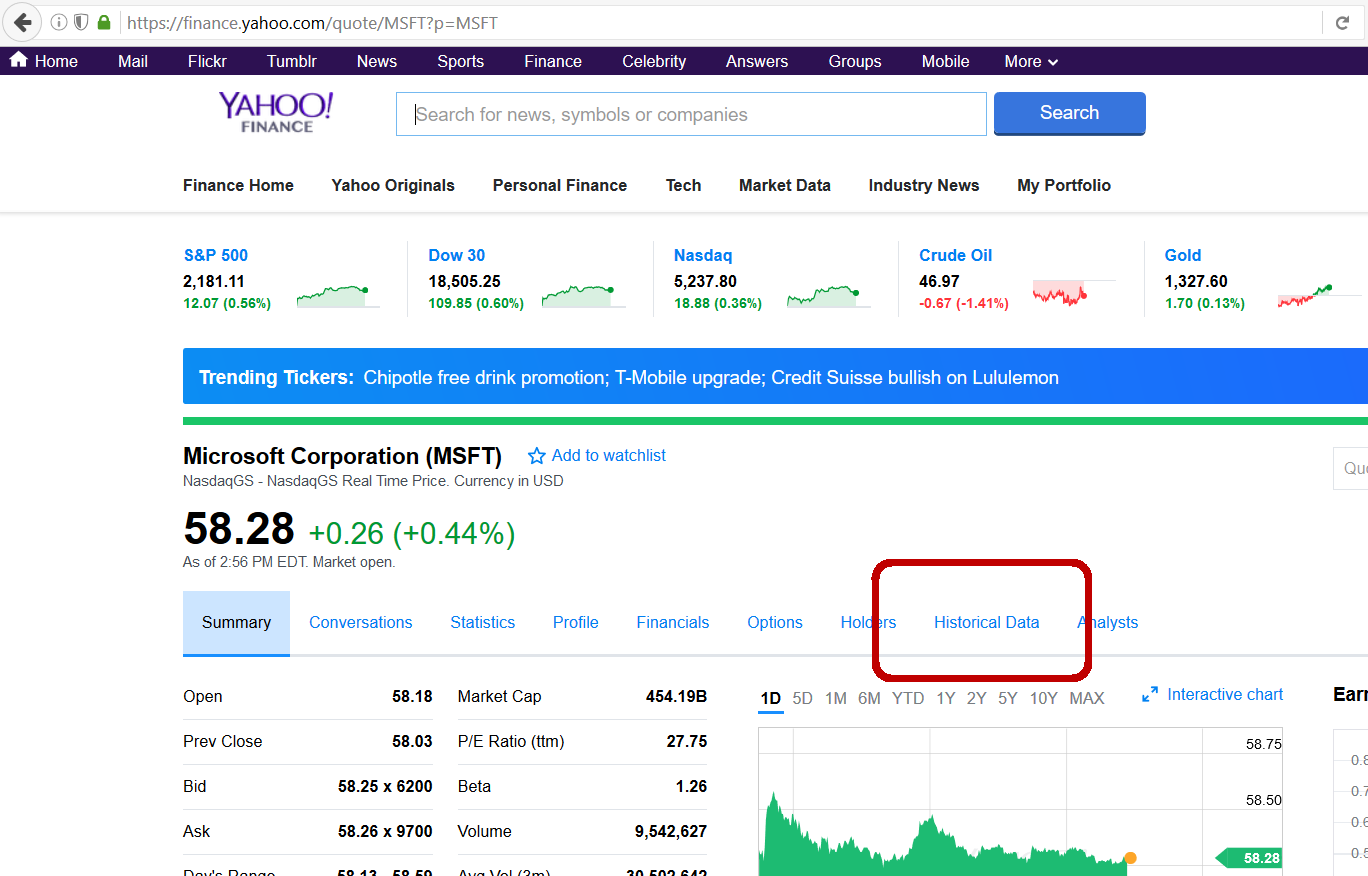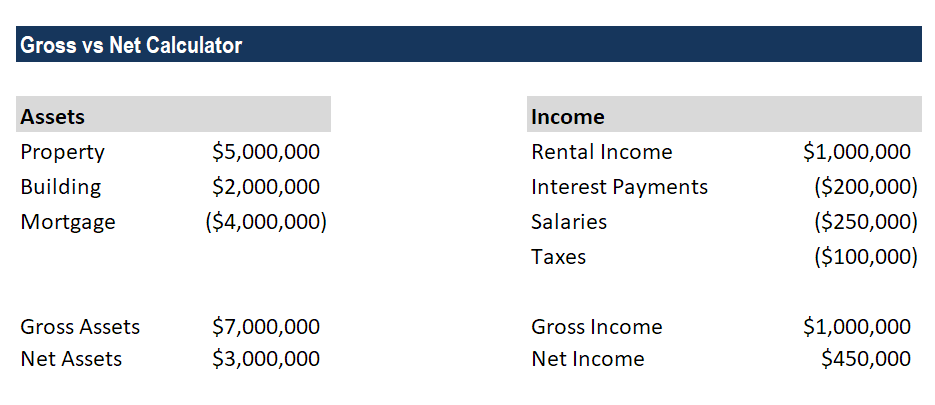While some lawmakers required $3 billion to be appropriated for DPA costs, the CARES Act consisted of just a 3rd of that quantity. Some news reports suggest that additional costs measures might be hard to get through the Senate. Then and now, the US system of federal government's various veto points make emergency response more difficult than under parliamentary or authoritarian systems. A work-around, as social scientists Sarah Quinn and Suzanne Mettler have actually argued, is so-called off-balance sheet money creation. The RFC, for instance, was permitted to obtain cash from the Treasury and the capital markets, and then invest in relief and mobilization efforts that would ultimately create a return for taxpayers, all while skating past austerity hawks identified to cut or freeze federal government spending.

Though this allows even more monetary firepower to be offered, it features its own expenses. As social scientists Chris Humphrey, Eugnia C. Heldt, and Henning Schmidtke have actually found, contemporary advancement banks have to pay very close attention to the impulses of Wall Street and the credit score firms that rank their bondsskewing their concerns toward the preferences of private financing. In some ways, the US is there currently, as much of the emergency action is run by the Federal Reserve, a self-governing agency that is partly governed by personal banks and does not have the democratic responsibility of other executive branch companies.

A restarted RFC might fix that problem. During the New Deal and World War II, it brought democratic responsibility to a process that otherwise would have shifted significant powers to fund. Initially, when the RFC was established under Hoover, the Fed was on its board. But, in the very first couple of months of operation, the Fed's preference for austerity and hands-off interference with personal management hindered its efficient operation. By the summer season, the more proficient and relief-friendly members of the board were able floating weeks timeshare to get the Fed off, gaining the majority and holding it thereafter. Unlike the Fed, the RFC can and did require out bad managers and require strong labor requirements in personal companies gaining from loansall things the bloated monetary sector could gain from today.
Lastly, as I've argued in Politico, the RFC's preliminary year of operation (in an election year!) deals lessons for how Congress can examine Trump's incompetence and venality. The most substantial aspects of the RFCthe types of jobs it selected to fund, the way its board was structured to attain bipartisan balance, avoid cronyism, and conquer the timidity of a Republican presidentwere pressed by Democrats in your home majority and Senate minority, whose votes were needed to authorize production of the corporation. This particular constellation of power is identical to the one today, and shows how bipartisan power-sharing on a new RFC board might allow more oversight.
In 1975, over issues that smaller sized universities and colleges were struggling with low enrollment due to the fallout from the oil shocks and recession, Rep (What does leverage mean in finance). Peter Peyser (R-NY) presented an expense to produce a College Restoration Finance Corporation. More just recently, after the destruction of Cyclone Irma in 2016, Sen. Bernie Sanders proposed a Puerto Rico Reconstruction Financing Corporation that would purchase up bonds from the island's struggling community governments and corporations. And, in March 2020, Rep. Danny Davis (D-IL) detailed a strategy for an RFC-style National Infrastructure Bank that would deal with the nation's $4. 6 trillion deficit in public works.
Here, history is likewise a guide. When started, the RFC was slated to run for only a year, with a focus mostly on banks. But absolutely nothing prospers like success, and that very first year highlighted how efficient government could be: The RFC and its subsidiaries would ultimately contribute to practically every element of market. A Health or Food Supply Reconstruction Corporation in 2020 might again demonstrate the concept's value, leading the way for a wider Green Restoration Corporation in 2021.
The production of the Reconstruction Financing Company was the first significant action required to battle the Great Anxiety. It was produced to supply assistance for small banks which the Federal Reserve could not help. In addition, the Federal Reserve was a conservative institution, and its worry of inflation made it very hesitant to increase the money supply. As a result, the Congress passed the Restoration Finance Corporation Act of 1932. The act was passed with broad assistance from both Democrats and Republicans. The Act was signed into law by President Hoover on January 22, 1932. It started to provide to little banks.
What Do I Need To Finance A Car Fundamentals Explained
The RFC could not just loan to banks that it Federal Reserve could not, however likewise could utilize security that the Federal Reserve might not. The RFC raised an initial $500 million by offering bonds the US Treasury, that quickly grew to $1. 5 billion. In its very first year the RFC provided $1. 5 Billion, and through 1941 the RFC lent a total of $9. 465 Billion.
is Henry Kaufman Professor of Financial Institutions, Columbia Business School, a research study partner of the National Bureau of timeshare units Economic Research, and a going to scholar at the International Monetary Fund. is Hermann Moyse, Jr./ Louisiana Bankers Association Chair of Banking, Louisiana State University and Elder Fellow, The Wharton School. is William F. Podlich Professor of Economics, Claremont Mc, Kenna College. is a graduate of Claremont Mc, Kenna College. Copyright 2013 Elsevier Inc. All rights scheduled.
Jesse Jones with President Franklin Roosevelt In 1929, the nation began its steep slide into the depths of the Great Anxiety. In 1931, when it emerged that two failing Houston banks will reduce all the others in the location, Jones called the city's leading businessmen to his workplace to exercise a strategy that would enable the steady banks and several regional business to rescue the two faltering banks. As a result of Jones's management and fiscal dexterity, no banks in Houston failed during the Great Depression. This remarkable accomplishment caught the attention of President Herbert Hoover, who quickly designated Jones to the Restoration Financing Corporation (RFC).
When Franklin D. Roosevelt ended up being president, he broadened the RFC's powers and elevated Jones to chairman. Quickly, the Restoration Financing Corporation ended up being a main pillar of Roosevelt's New Offer. As chairman, Jones directed billions of dollars toward clingy banks, industries, farmers and people - How to finance a second home. He had practically complete autonomy in choosing where the federal government's cash need to go, and viewed these loans as a financial investment by America to its people. The RFC did not simply make grants or loans, it likewise bought stock in having a hard time business, giving the government a voice in how those enterprises were run. Jones had $50 billion at his discretion, an extraordinary amount that provided him tremendous power.